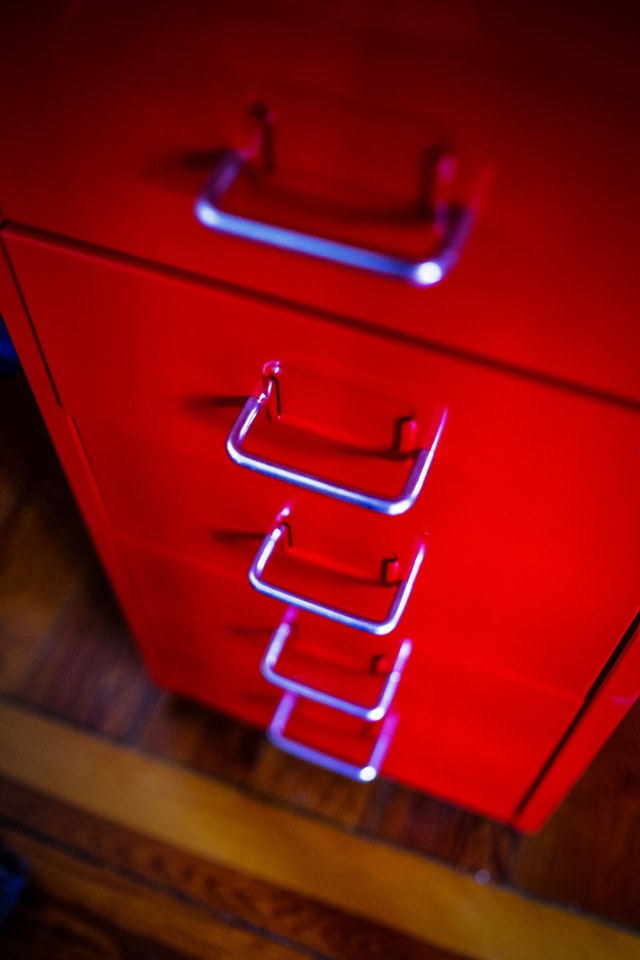Home Maintenance Tips: How to Organize Your Garage
 Perhaps you plan to sell your home in the next few months or years. Keeping your garage organized can save time and ensure that you have storage space when you need it most.
Perhaps you plan to sell your home in the next few months or years. Keeping your garage organized can save time and ensure that you have storage space when you need it most.
Get Your Purge On!
Clear out the garage and separate items into categories: keep, trash, donate and recycle. If you get rid of 50 percent of your stuff, you’re doing great. The more you can get rid of up front, the less you have to organize! And if you haven’t used it in years, why would you need to keep it around?
Create Zones
Map out space with masking tape, starting with where your vehicles go. Mask out where you can put heavy-duty shelves for tools, sports equipment and other stored items. Also, you can maximize storage by building cabinets or shelving from floor to ceiling.
Buying clear bins in various sizes and interlocking shapes helps you stay organized. When you store like items together, it’s much easier to find them, especially if everything is properly labeled.
Think strategically. If your garage doubles as a workshop, include space for a workbench. If you bike every day, hang your wheels on the wall near the garage door. Additionally, remember to include garbage and recycling bins near the door for easy access.
Organizational Supplies
With the zones mapped, it’s time to get organized. For example, store shovels, rakes and brooms in a large trashcan. Meanwhile, sporting equipment such as bats, balls, skateboards and protective pads can go into larger bins, on shelves or inside lockers. Pegboards provide a versatile way to hang tools you use the most.
A cabinet that locks protects children and pets from hazardous materials like chemicals, paint and cleaning supplies. Meanwhile, constructing long open shelves of wood or metal gives you plenty of support for heavy storage bins, while a rolling cabinet lets you move craft supplies or gardening implements.
Storing Small Stuff
What can you do with screws, nails, hooks, nuts and myriad small items on a limited budget? Repurposed glass containers or mason jars let you see contents clearly while recycling. Use tin cans for screwdrivers and paint brushes.
Once your garage is neat and clean, you may find yourself spending more time there. You might even have enough room for a home office or craft corner. A well-planned organizational strategy helps you keep it that way.
If you are interested in buying a new property or refinancing your current property, be sure to contact your trusted home mortgage professional.

 Perform roof maintenance on sunny days when there’s less chance of slipping. Blocking off a weekend twice a year gives you plenty of time to complete the items below without rushing or taking unnecessary risks. The beginning of spring and fall present the best opportunities to complete your maintenance before the weather turns too hot or too cold.
Perform roof maintenance on sunny days when there’s less chance of slipping. Blocking off a weekend twice a year gives you plenty of time to complete the items below without rushing or taking unnecessary risks. The beginning of spring and fall present the best opportunities to complete your maintenance before the weather turns too hot or too cold. If you’re staging your home to sell, you may find yourself with more stuff than space. Rather than selling possessions that you’d rather not part with, you can put your things into short-term storage until your home sells and you’re able to move.
If you’re staging your home to sell, you may find yourself with more stuff than space. Rather than selling possessions that you’d rather not part with, you can put your things into short-term storage until your home sells and you’re able to move.